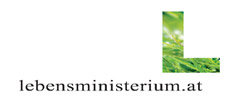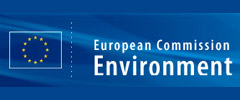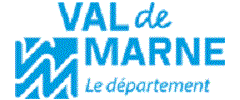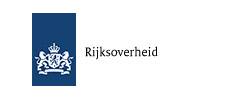Policy Activities
WECF promotes a “Healthy Environment for All” focussing specifically on protecting children’s and women’s environmental health. A key part of achieving this aim is by working towards a toxic-free future, through WECF’s programme “Safe Chemicals and Waste”.
WECF’s overall goal is that by 2020 all consumer products on the market in the EU and the pan-European region are free of harmful chemicals, meaning free of chemicals that are persistent, bio-accumulative, toxic (PBT), very Persistent and very Bioaccumulative (vPvB), carcinogenic, mutagenic and toxic to reproduction (CMR), endocrine disrupting chemicals (EDCs) and neurotoxins.
WECF raises awareness about emerging environmental health issues, and signals concerns and problems from society to policy makers. WECF monitors policy developments in the area of nanotechnology, biocides, endocrine disruptors, asbestos, chemicals in products.
WECF has 3 programmes for safe chemicals and waste:
-
Protecting Children’s and Women’s Environmental Health
-
Strengthening chemical and waste legislative frameworks globally
-
Substituting and eliminating hazardous substances and processes
Within these 3 programmes, WECF participates in chemical and health policy programmes at national, European and International levels.
International Policy Processes
-
Environment and Health process (WHO-Euro)
-
Children’s Environmental Health Action Plan (WHO-Euro)
-
SAICM Strategic Approach to International Chemical Management and IFCS (UNEP)
-
Stockholm, Rotterdam and Basel Conventions
-
UN Commission for Sustainable Development cycle 18
-
International Mercury Treat (UNEP)
EU Policy
-
REACH Registration Evaluation Authorization of Chemicals
-
RoHS Directive Restriction of Hazardous Substances
-
Biocides
-
Pesticides
-
Eco-Design and Eco Label
-
Toys Safety
-
Environment and Health Action Plan- EHAP
-
Indoor Air Quality
-
Nanotechnology
-
Endocrine Disruptors
-
Cosmetics

































